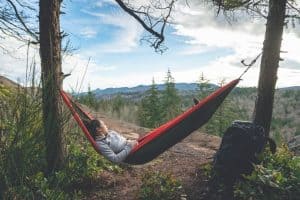Hammock camping has gained remarkable popularity for the past few years. However, there are hammock camping beginners who often find themselves clueless as to where to start. Your past experiences with difficult to manage, uncomfortable and cheap backyard hammocks might discourage you, but you can expect something completely different with camping hammocks.
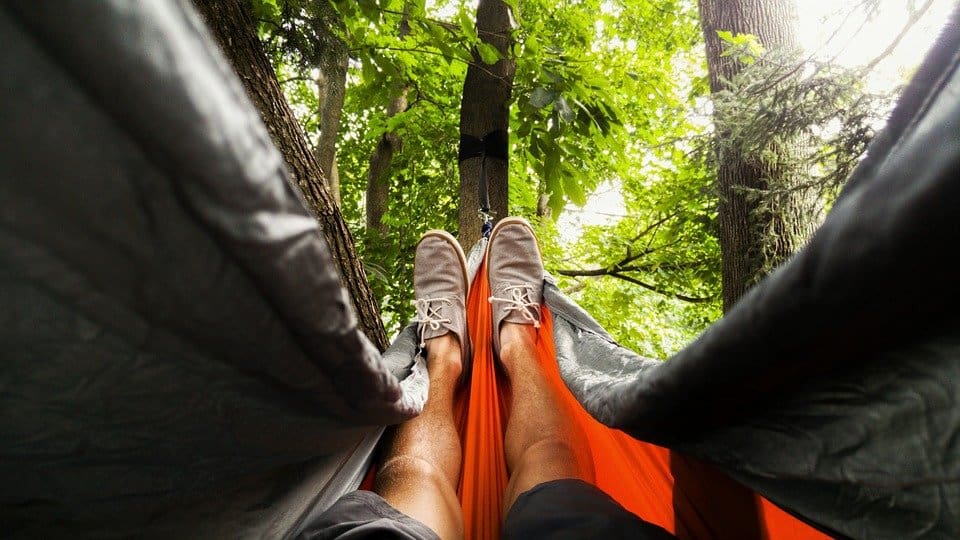
To help you kick start your hammock camping venture, here are a few simple things to keep in mind.
Choose the Appropriate Hammock for You
Camping hammocks come in two basic types, namely asymmetrical and symmetrical hammock. The symmetrical hammocks resemble the usual design most people are familiar with. Hammocks of this type allow users to lay with a curved back in almost a sitting position ideal for upright activities like relaxing or reading books. Asymmetrical hammocks are made with tauter fabric letting users lie in diagonal position across the hammock. The use of these hammocks has less pressure on spine to allow a more comfortable rest during the night.
Strap In Comfortably
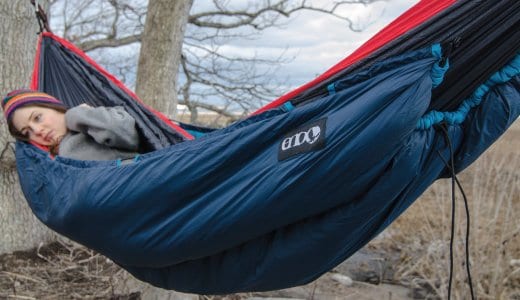
The use of polypropylene or polyester webbing around anchor points help in disperse weight across the hammock and will not sag or stretch at night. With this, you can look forward to waking up in the exact position you fell asleep. Stay away from nylon straps that stretch and cause an uncomfortable sleep. After getting the proper material and finding the ideal trees and other types of anchors, you can angle the hammock suspension rope at about 30 degrees from anchor point. It can prevent excessive sagging or tightening that can lead to unsteady and uncomfortable hammock.
Fun Outdoor Quiz
Stay Low
Keeping lower to the ground helps get rid of numerous issues beginners deal with hammocks. Lower hammocks give you access to your things easier and faster that can be very handy when you have to get up in the middle of the night or if there is an emergency. Getting in and out of the hammock is also faster when it is lower to the ground.
Don’t Forget the Storage Pocket
If you have smaller items you want to keep nearer or off the ground, take note that there are now hammocks with attached pocket for easier storage. If you ever need to get up at night, you can have your flashlight or phone nearby for faster access.
Put Your Camping Pad to Use
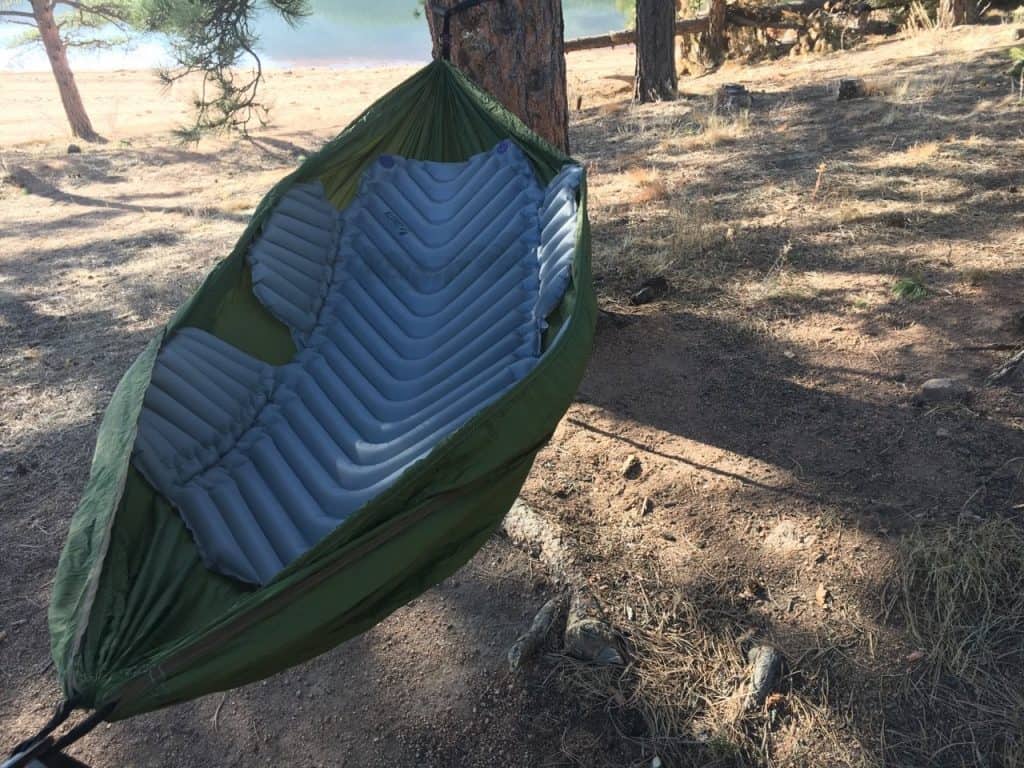
Many people use their sleeping bag in their hammock when the weather is colder but it can also help to have a pad under the bag. With hammocks suspending you in the air, the tendency is to get colder faster as air passes over and under you. Through trapping heat below you, you will be able to regulate your body temperature during the night.
Go for a Mummy-Shaped Sleeping Bag
A sleeping bag that comes with rounded edges is going to fit much better inside your hammock as compared to one that has rectangular edges. A mummy shape can help guarantee that the pad is going to stay comfortable and will not have any rigid corners which tend to fold awkwardly, leading to unwanted shifts in your hammock as you sleep.
Keep All the Bugs Away
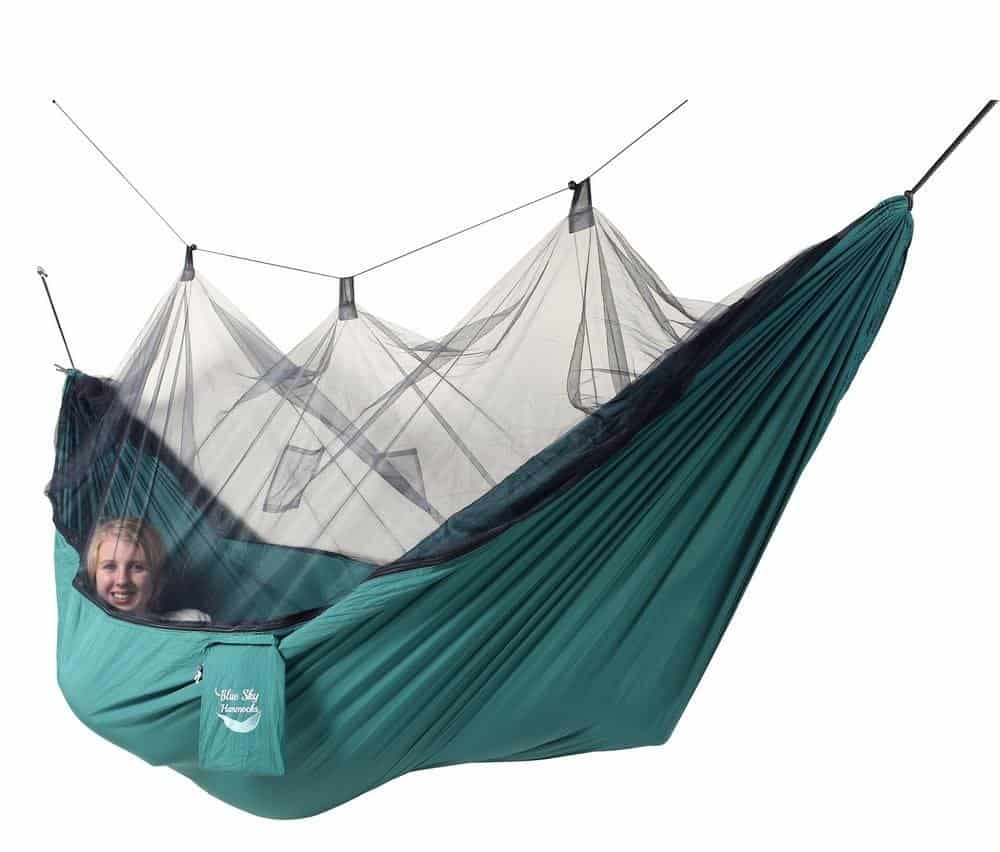
A lot of hammocks include a bug net, which keeps out the moths, mosquitoes, and some flying creatures, yet it is smart to grab one if yours does not. Through this, you will experience peace of mind that flying bugs will not bother you during night time. Although you do not get additional netting or sewn in, consider purchasing a face net for covering exposed skin.
Bring Warmer Sleeping Bag Than the Typical One
This comes in handy during colder months. Generally, the sleeping bags are rated for expected temperature within tents, yet it’ll be twenty to thirty degrees colder if you are in a hammock since you are suspended in the air. You may also help ready for colder weather through wearing some warmer sleeping clothes.
Give Yourself a Shelter
It does not take a lot of effort to shield yourself from some elements. Once your hammock does not come already with one, a typical 8×10 tarp must protect you from the rain and wind in hammocks of any size. There are some kinds of tarps, though. Generally, experts agree that the full-coverage tarps are functional and give maximum protection. Oftentimes, full-coverage tarps have extra flaps, which may be used for enclosing all 4 sides for added security.
Insulation
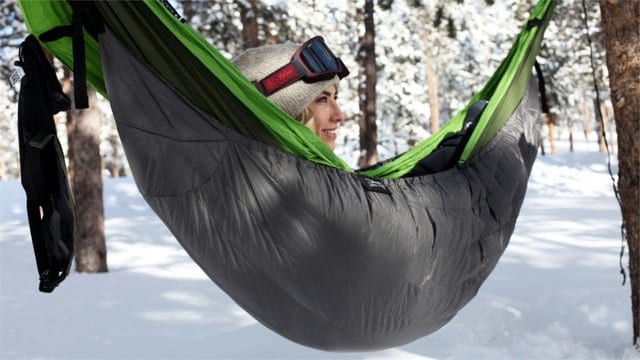
A common problem with the hammock campers is the lack of enough insulation under them that leads to a cold night and promise to not hammock again. A sleeping bag can be recycled. But, when getting into hammocks in the sleeping bags, the bottom basically compresses rendering this useless when keeping underside warm from cold air. Flat sleeping bags in combination with the wind under the tarp can result to both convective and conductive heat loss. The result of such losses is CBS or cold butt syndrome and chilly night’s sleep. The simplest way to get rid of this is through the use of a sleeping pad in hammocks. Underquilt is a better bottom insulation option. Underquilts are pricey and may weigh more than the foam pads, yet are worth each penny in the comfort they offer.
Ask for Assistance
Take note that if there is anything that you feel not comfortable before going to camping, there are numerous experts over the internet or at the outdoors stores that you may ask for advice. Always ensure that you are 100% ready before leaving for the camping trip and you will be sure that you will have a great time.
Tarp Setup for a Windy Night
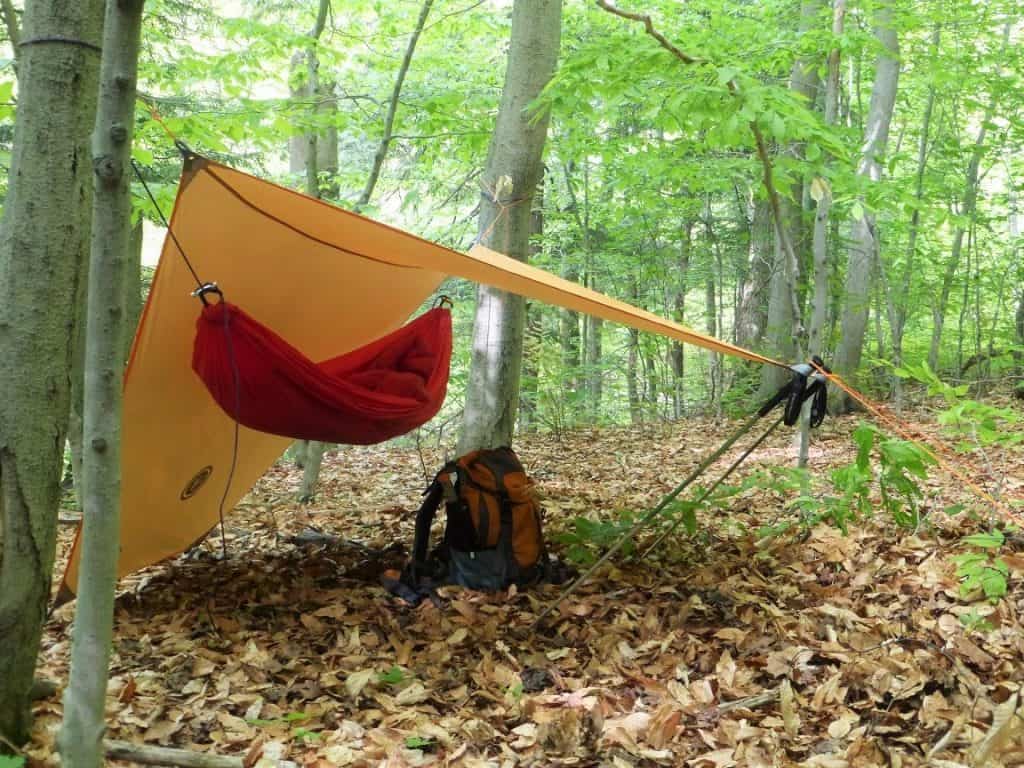
A good way to guarantee cold nights is through setting up the tarp ends parallel to wind. The problem was compounded through pulling side tie outs to give wind more place to blow through. This problem is easy to spot since the wind would blow up tarp like the bouncy castle. The typical tarp’s triangle shape may approach the half-circle status once the wind picks up enough.



